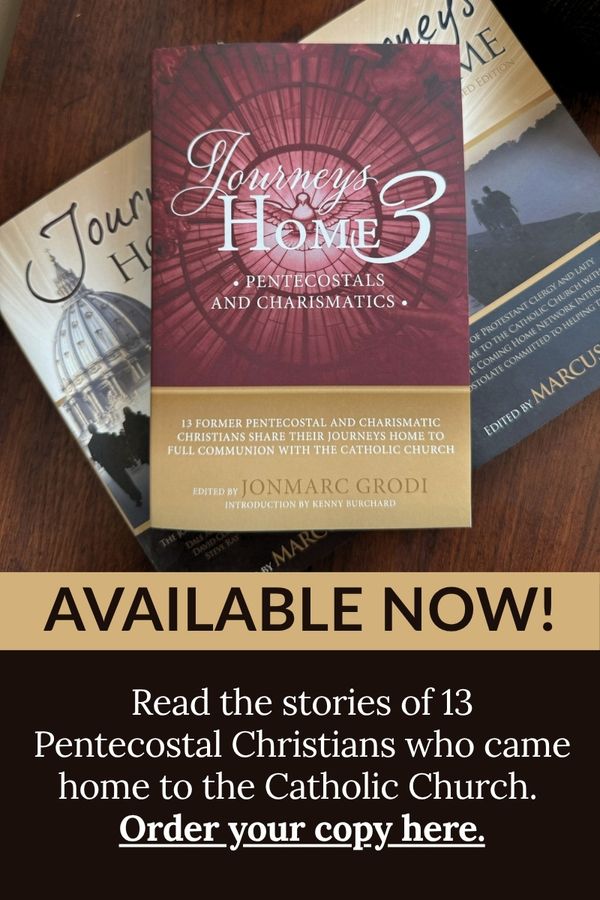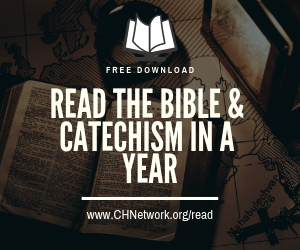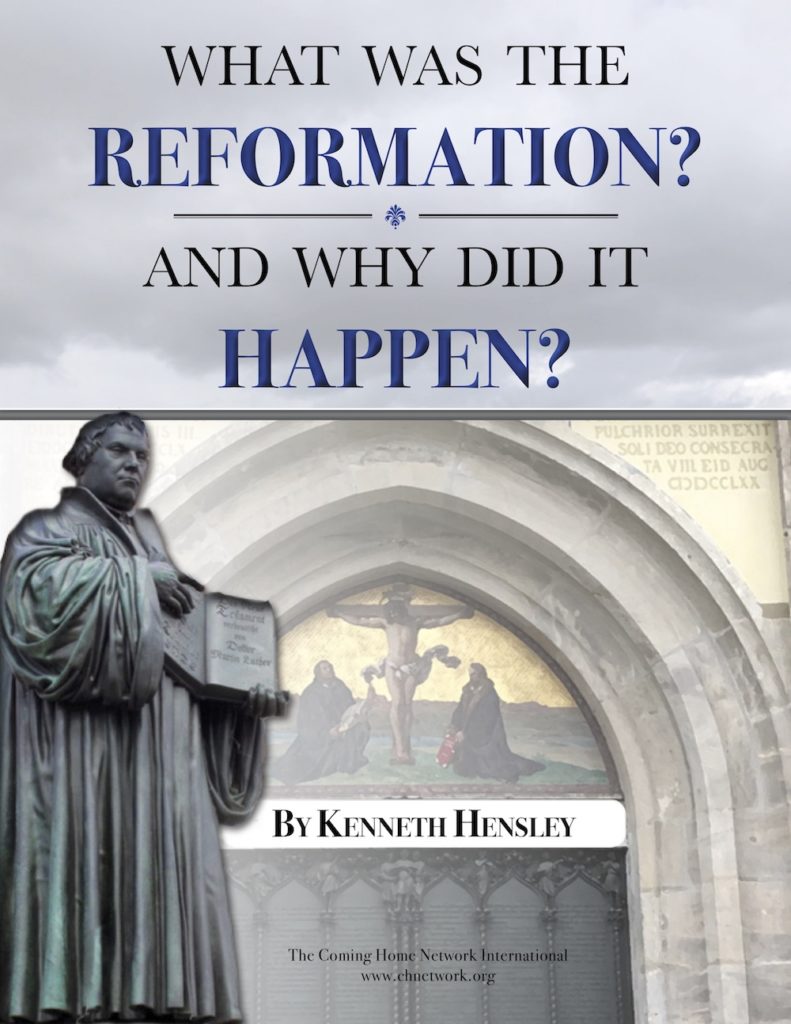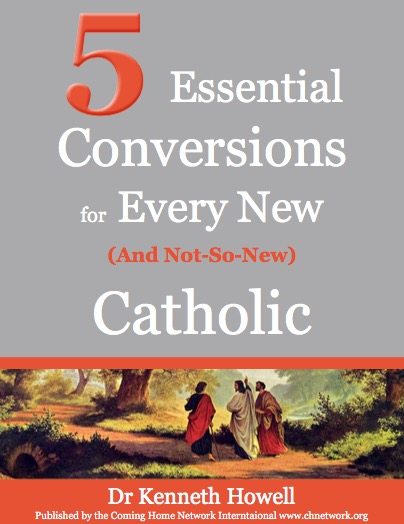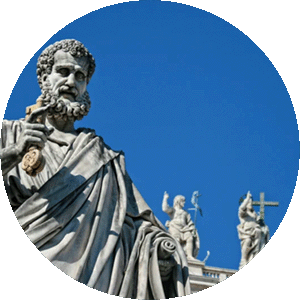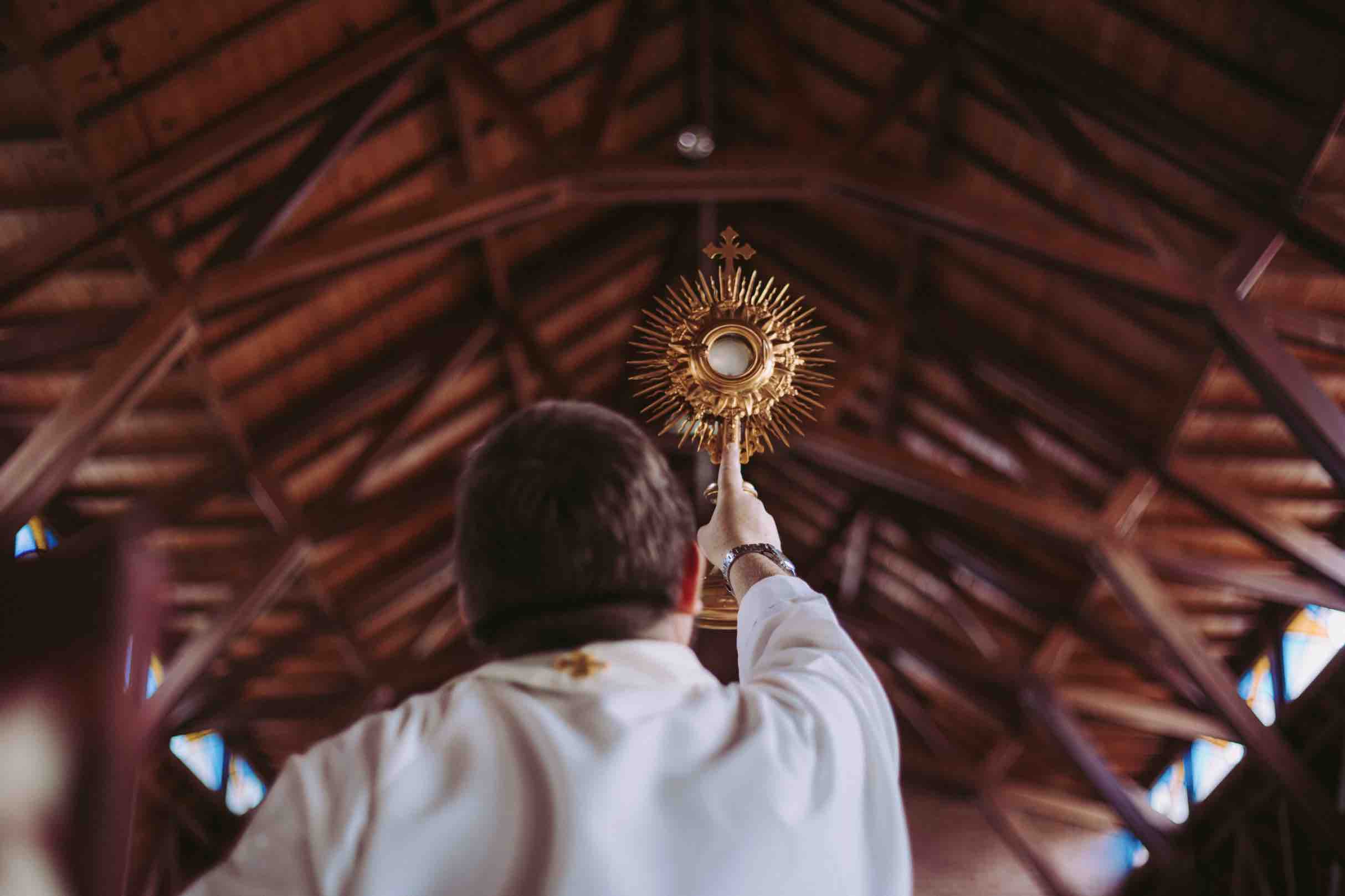
Cardboard Beginnings: A Miracle in the Making
I was born in a cardboard box. It’s not a metaphor or an exaggeration — it’s the literal truth. My biological mother brought me into the world in a makeshift lean-to, pieced together from scraps of cardboard and tin, tucked into an alleyway in the heart of the Philippines. It was a fragile shelter against the harsh world outside. My mother, hemorrhaging badly, was alone, clinging to life as she held her newborn daughter. It was a scene that should have ended in tragedy, but even in that moment, God was at work. He wasn’t distant; His presence was there, tangible and real, stepping into the mess with a miracle.
Just when it seemed like there was no hope, a group of missionaries happened to walk by. They weren’t supposed to be there — they had taken an unexpected detour. But God has a way of leading His people right where they needed to be. They heard the faint, desperate cries and rushed over, finding my mother slumped against the alley wall, barely conscious, with a tiny, fragile baby — me — wrapped in torn blankets. Without hesitation, they scooped us up. They carried my mother to the nearest hospital, while I was taken into the arms of someone who cradled me gently, whispering a prayer of thanks. It was the first of many times that God’s hand would reach down to rescue me, even before I knew how to call out to Him.
At a different moment, halfway across the world, in a quiet American kitchen, my soon-to-be adoptive mother was praying a different kind of prayer. She had recently suffered the heartbreak of a miscarriage, and the empty ache left her feeling lost. But instead of giving up, she turned her pain into a plea: “Lord, please give me a little girl by Christmas.” It was the kind of prayer that Pentecostals understand — a prayer filled with bold faith, the kind that doesn’t make sense on paper but trusts that God hears and answers in miraculous ways.
In November, I was born. By December, I was on an airplane bound for the United States. My new parents had come for me with open arms, but they hadn’t brought a fancy bassinet or carrier. Instead, they lined a simple cardboard box with soft blankets and held me close for the long flight home. It’s hard not to see the connection between the cardboard lean-to where I was born and the cardboard cradle that carried me to a new life across the sea. From the very beginning, my journey was marked by makeshift miracles and the unmistakable touch of God’s hand.
We settled into a small house at the end of a dirt road — a house my new father had built with his own hands. It wasn’t grand, but it was home. It stood just a stone’s throw from the little church where he pastored, a humble beige brick building with red-cushioned pews and a giant painting of Jesus as the Good Shepherd. That image — Christ holding a lamb close to His chest — became a symbol for my life. I was that lamb, plucked from the streets, held in the arms of a Savior who had orchestrated every step of my journey.
Looking back now, I can trace His fingerprints over every part of my story. He took a baby from the streets of the Philippines, placed me into the arms of a family who had prayed me into their hearts, and set me on a path that was marked by His miraculous care. It’s a story that couldn’t have been written by human hands — a story filled with divine intervention, the kind that feels like you’re walking through the pages of Scripture, where God shows up in the most unexpected ways.
This was just the beginning of God’s relentless love for me — a love that would carry me from the most humble of beginnings into a life I could never have imagined.
Faith on the Outside, Fractures on the Inside
The tent revivals of my childhood were filled with a kind of electricity that’s hard to describe. My father would sing “I’ll Fly Away,” holding the first note so long that it felt like he was carrying the whole congregation with him. People would join in, their voices swelling together, creating a wave of sound that seemed to lift us all closer to heaven. It was powerful, and I loved watching the way people responded — tears streaming, hands raised, as they came forward to pray and receive what they believed God had for them.
In addition to our own church activities, I remember spending time with a group from Youth With a Mission (YWAM). They were a vibrant, energetic group of young people, completely on fire for the Gospel. I was struck by their enthusiasm and the way they lived out their faith so openly. There was a kind of freedom and joy in the way they worshipped that left a lasting impression on me. I loved being around them, seeing their passion for sharing the message of Jesus with everyone they met. It made me realize that there was something powerful about youth coming together with a shared purpose, and it sparked a deeper desire in me to experience that kind of faith for myself.
One night, a visiting evangelist took the stage, delivering a message with an intensity that held everyone captive. He focused on God’s judgment, warning us about the urgency of repentance. But then, he did something I had never seen before. He stepped to the front of the stage and began counting down. “10… 9…8…” His voice boomed, filling the tent. “The gates of heaven are closing! Will you follow Him? 7… 6…5…”
The crowd surged forward, a sense of urgency gripping everyone. “This is your last chance,” the evangelist called out. “4… 3…2… 1.” It was dramatic and unsettling. I remember sitting there, feeling a knot in my stomach, trying to make sense of what I was witnessing. I had never imagined God in this way — a God who would close the gates of heaven in a countdown. It was a moment that left me feeling uneasy, a glimpse into a different side of faith that I wasn’t prepared to understand.
Looking back, that experience was a reflection of a deeper contradiction at work in my own family. On the surface, we were a picture of unity and faith — my father’s powerful preaching, my mother’s beautiful singing, the dynamic ministry they led together. But beneath the surface, there was a tension growing, something that didn’t fit the image we projected to the world. It was like a crack forming in the foundation, something I couldn’t name at the time but could feel widening with each passing year.
When I was ten years old, the crack split wide open. My father’s infidelity came to light, and it was like a bomb had gone off in the middle of our family. The life we had built around church and ministry shattered almost instantly. My mother, who had always been the heart of our home with her singing and her faith, stopped going to church altogether. The hymns that had filled our house — songs of joy and hope — fell silent, replaced by a heavy, painful silence. It was as if the music had been turned off, leaving only the echoes of what had been.
My father remarried quickly, and our family was divided. I found myself splitting time between two different homes, caught between my father’s new family and the remnants of the life we had once shared with my mother. It was disorienting and confusing, like being torn between two worlds that didn’t fit together any more.
For me, the fallout was more than just the practical challenges of shared custody — it was a deep, internal struggle. The powerful moments of worship and the experiences of God’s presence that I had clung to now felt out of sync with the brokenness in my family. It was difficult for my young mind to make sense of how a family that had been so devoted to God’s work could fall apart so completely.
A Journey Through Uncertainty and Growth
The dissolution of my family left a deep impact on all of us. My father, despite everything, continued his ministry as if nothing had changed. He was still preaching, still leading services, while my mother, heartbroken and disillusioned, stopped going to church altogether. The hymns she used to sing around the house, the prayers that filled our home — those sounds were gone. It felt like a part of my world had fallen silent. I found myself caught between two worlds, splitting time between my father’s new family and my mother’s quiet, empty house.
Despite the chaos, church remained a refuge for me. At 17, a friend from work invited me to attend a youth service at a Church of God. I didn’t think much of it at first, but that night changed everything. The service was run by the youth group — teenagers like me, pouring their hearts out in worship. The music was raw and emotional, covering the full spectrum of human experience: praise, lament, joy, sorrow. I looked up from the back pew, where I had been praying, and saw something I had never witnessed before. The altar was packed with young people, two people deep, praying fervently with tears streaming down their faces. I was struck by the intensity of it all. “Whatever that is,” I thought, “I want it.”
I started attending regularly, becoming part of the youth group at Cornerstone Church of God. I found friends who shared my hunger for God, and I quickly became involved in the praise and worship team. Leading worship felt like stepping into a new calling, one that was mine alone, separate from the expectations of my family. It was here that my faith began to feel real — tangible and deeply woven into the fabric of my everyday life.
One of the most memorable experiences during this time came when the youth pastor’s wife pulled me aside one night to pray over me. Her words were unexpected and powerful. “Rachel,” she said as she laid her hands on me, “your prayers have been heard by God, but there’s a battle happening right now. Just like in the book of Daniel, when the angel’s message was delayed for 21 days because of the prince of Persia, there’s spiritual warfare holding back what God has for you. But don’t lose heart — your answer is coming.” I wept as she prayed over me, feeling a wave of reassurance and the unmistakable presence of God. It was a moment of clarity, a reminder that He was still guiding my steps, even in the silence and the struggle.
By the time I finished high school, I knew I needed to make a change. The tension at home was unbearable, and I felt a strong pull toward independence. Moving out of my father’s house was one of the hardest decisions I had to make, but it was necessary. For a short while, I stayed with my boyfriend’s family, which caused quite a stir in our church community even though there was nothing improper going on. Eventually, I moved in with my best friend’s family, who welcomed me with open arms. Despite the physical distance, my father and I worked hard to maintain our relationship. He attended my high school graduation, organized a dinner for me, and was there as much as he could be, while still giving me the space I needed.
College was a breath of fresh air. I enrolled at Florida Southern College, majoring in communications. It felt like the world was opening up to me, full of new opportunities and experiences. I was brought to campus early as one of the editors of the campus newspaper, which gave me a chance to become familiar with the grounds and meet new people right away. I also joined a campus ministry group called Upper Room. When I first joined, it was a small gathering, but by the time I graduated, it had grown into one of the largest ministries on campus. My role in the group deepened my faith and my connection to God in ways I hadn’t expected. I found myself leading worship again, drawn to the powerful image from 2 Chronicles 20:21, where the musicians led the army into battle. It felt like a calling, a space where I could lead others into the presence of God.
During this time, I explored different church communities, dipping my toes into various denominations. I remember visiting a Vineyard Church, where I encountered a statement of faith posted in the lobby. It was the first time I had seen a church’s “tenets” spelled out like that, and it struck me as both interesting and strange. I read it briefly, thought, “Huh, tenants of faith,” and moved on, not giving it much more thought. I embraced the Non-denominational movement, floating between churches like a social butterfly at a packed party, enjoying the diversity in worship styles without feeling tied down to any specific tradition.
This season of my life was one of searching and discovery, a time of building my own faith separate from my family’s influence. I was piecing together who I was and who God was calling me to be.
Jason: The Catholic Boyfriend and the Crisis of Faith
In February 2007, I met Jason, the man who would eventually become my husband. He looked like a younger version of Keanu Reeves — Matrix-era, not John Wick — and had a quiet strength about him that immediately drew me in. We clicked almost instantly, and our conversations flowed easily. But there was something I hadn’t anticipated: Jason was Catholic.
Growing up, I hadn’t known much about Catholicism. My knowledge was limited to the stereotypical portrayals in movies like Boondock Saints and the occasional fictional references in book series like The Mortal Instruments. In my mind, Catholics were Christians who prayed in Latin and kept weapons hidden under church altars — a humorous but superficial impression I’d picked up along the way.
It wasn’t until I started spending more time with Jason and his family that I realized just how devout they were. They prayed before meals, reciting the same prayer in unison, something that felt both strange and oddly comforting. It was a new experience for me, but I didn’t give it much thought until, one night at work, a friend made a comment that changed everything.
We were chatting at the end of a long shift when she mentioned her new boyfriend. “He’s great,” she said, smiling. “Is your guy a Christian?”
“Yes!” I replied confidently. “What about yours?”
She looked at me, her smile fading slightly. “No, he’s Catholic.”
Her words hit me like a punch in the gut. “Wait, what?” I said, my face contorting in confusion. “Are Catholics not Christians?”
She shook her head, looking almost amused at my ignorance. “No, they’re not,” she said bluntly.
“Oh,” I replied, feeling a wave of unease wash over me. “I’ve never heard that before.” And I wasn’t lying — I truly hadn’t. Growing up, I was never exposed to anti-Catholic rhetoric. I had no idea there was such a stark divide between Catholicism and the Protestant traditions I knew.
Later that night, I couldn’t get the conversation out of my head. As soon as I clocked out, I called Jason. “Hey, I’m coming over,” I said. “You won’t believe what this girl at work said to me.”
When I arrived at his parents’ house, I found him sitting on the floor of his childhood bedroom, a bewildered look on his face. “What happened?” I asked, sitting down across from him.
Jason pointed to his laptop, which was open on the floor. “I googled it,” he said, sounding stunned. “I searched ‘Catholics aren’t Christians,’ and look at this.” The screen was filled with page after page of websites labeling the Pope as the antichrist and the Catholic Church as the Whore of Babylon.
I was shocked, but I tried to stay calm. “Jason,” I said, “we can’t both be right about this.”
He looked up at me, his eyes filled with a mix of confusion and hope. “What do you mean?”
I took a deep breath, feeling a sense of clarity that I couldn’t attribute to anything but the Holy Spirit. “I mean, we can’t both be right,” I repeated. “Let’s figure this out together. Let’s research, ask questions, and be open to finding the truth. Maybe I can go to Mass with you, and you can come to church with me. We owe it to each other to do this.”
And just like that, a pact was made. It wasn’t a formal agreement, but it was a turning point in our relationship, one that set us on a path of exploration and discovery.
Over the next few weeks, I dove headfirst into the world of Catholic apologetics. I discovered Catholic speakers and writers like Tim Staples, Scott Hahn, and Karl Keating. I devoured everything I could find — books, CDs, online articles — trying to wrap my mind around the doctrines and practices I had never encountered before. I had so many questions: Why do Catholics pray to Mary? What’s the deal with Confession? And why do they believe in the Real Presence of Jesus in the Eucharist?
I also began meeting with my Protestant pastors — yes, plural, from several different denominations. I never told them I was considering Catholicism; I simply asked them the questions that had become my own. “Why did Jesus give the disciples the power to forgive sins?” I asked. “If Jesus is God, and Mary is His mother, doesn’t that make her the Mother of God?”
Their answers were polite but vague, often sidestepping the deeper issues. It felt like they were avoiding the questions, which only fueled my curiosity more.
As Easter approached, Jason invited me to attend Mass with his family. “It’s Easter Sunday,” he said. “It would mean a lot to me if you came.”
I agreed, feeling a mix of excitement and nervousness. The night before, I called the only Catholic friend I knew for some advice. “I’m going to Mass tomorrow,” I said. “Is there anything I need to know? I don’t want to look like an idiot.”
He laughed. “Just follow the crowd,” he said. “There’s a lot of standing, sitting, and kneeling. It’s kind of like spiritual calisthenics, but you’ll be fine.”
The next morning, I arrived at Jason’s house, and we drove together to the church. We were late — something I later learned is a big no-no for Easter Mass. We ended up in the back of the choir loft, where I couldn’t see much, but I could hear the music, the chanting, and the faint sound of bells. It was unlike any church service I’d ever attended.
As we drove back to Jason’s parents’ house, I sat in silence, replaying the entire experience in my mind. The smells of incense, the reverent kneeling, the prayers spoken in unison — it all felt strangely familiar, like something I had been missing but didn’t know I needed.
Jason parked the car and turned to me, looking nervous. “Did you hate it?” he asked. “Are we breaking up?”
I shook my head, struggling to find the right words. Finally, I took a deep breath and said, “I think I found home.”
Wrestling with Doctrine: Struggles, Questions, and Breakthroughs
After months of deep conversations with Jason and our commitment to figuring out the truth together, I knew I needed to go deeper. That’s when I decided to enroll in RCIA — the Rite of Christian Initiation of Adults. At first, it felt like an extension of our research, a way to understand what Jason believed. But as the classes went on, I realized it was becoming a personal journey for me, too. I wasn’t just trying to learn about Catholicism; I was trying to see if it could be my home.
The classes covered everything: Church history, the sacraments, the teachings of the Church Fathers. I was struck by how much I didn’t know, how much I had never even considered. I had grown up reading the Bible, but I started to see it in a new light, through the lens of Catholic teaching. Yet, there were still some doctrines that felt like walls I couldn’t get past.
The first major hurdle was the Eucharist. The idea of the Real Presence — that the bread and wine actually become the Body and Blood of Jesus — was completely foreign to me. In my Pentecostal upbringing, communion was a symbol, a way to remember Jesus’ sacrifice. But Catholics believed something much deeper, something literal. It was hard for me to grasp. “How can this be true?” I asked Jason one night. “How can something that looks and tastes like bread and wine actually be Jesus?”
Jason didn’t have all the answers, but he shared what he believed. “It’s not just a symbol,” he said quietly. “It’s Him. He’s really present there.” I could see the sincerity in his eyes, and it made me want to understand, even if I wasn’t there yet.
Confession was another major stumbling block. I had always prayed directly to Jesus for forgiveness. It was one of the core beliefs I had held onto from my childhood — that Jesus was my direct connection to God. So the idea of confessing my sins to a priest felt not only unnecessary but uncomfortable. “Why do I need a mediator?” I asked during one of the RCIA classes. “Can’t I just go straight to Jesus?”
The instructor paused, then explained that in Confession, the priest acts in persona Christi, standing in the place of Christ. “When you confess to a priest,” he said, “you’re not just talking to a man. You’re speaking to Jesus Himself. It’s an encounter with the mercy of Christ.” For the first time, it started to make sense. I had felt God’s voice before in prayer, but this was different. It was personal, tangible, and I began to see Confession as more than just a ritual — it was an encounter with Jesus, with “skin on,” as the instructor put it.
Mary was another hurdle. In all my years as a Pentecostal, I had never really thought much about her. She was a minor figure in my mind, present at Christmas and then fading into the background. But in the Catholic Church, Mary was everywhere — statues, prayers, devotions. It felt overwhelming, and I struggled to understand why she was given so much attention. “Why do Catholics need Mary?” I asked Jason one day. “Isn’t Jesus enough?”
I kept wrestling with this until one night, we decided to watch The Passion of the Christ. There’s a scene where Mary watches Jesus carry the cross, her face filled with a mixture of pain and love. For the first time, I saw her differently — not as an obstacle between me and Jesus, but as His mother, sharing in His suffering. It hit me like a wave. Mary wasn’t distant or disconnected; she was there, at the foot of the cross, united with her Son in His pain. It was a moment of clarity that changed everything for me. I began to see why the Church honored her — not as a replacement for Jesus, but as a powerful example of faith and obedience.
As the Easter Vigil approached, and with it my formal entry into the Church, I felt a mix of excitement and fear. I had been through so much to get here — months of questions, doubts, and hard conversations. But I felt ready. I wanted to take this step, to finally say yes.
The vigil itself was unlike anything I had ever experienced. The church was dark when we arrived, the only light coming from the small flame of the Paschal candle. I could feel the anticipation in the room as we processed in, the light slowly spreading as everyone lit their candles.
When it came time for Communion, I approached the altar with my heart pounding in my chest. This was the moment I had struggled with the most, the teaching that had been the hardest for me to accept. But as I received the Eucharist for the first time, something inside me shifted. It was like everything clicked into place. I can’t explain it fully, but I knew, in that moment, that it was true. He was there — truly present, just as the Church had taught. It was the fulfillment of everything I had been searching for, a peace I had never known before.
Jason was nearby, smiling through tears. It felt like we had crossed a finish line together, united not just in our love for each other, but in our shared love for Christ and His Church. I knew I was home.
From Cardboard Lean-To to the Fullness of Faith
My life began in a cardboard box lean-to on the streets of the Philippines. It was an uncertain start, but even then, God’s hand was guiding me. That fragile shelter carried me through a journey I could never have imagined — from the prayers of my adoptive mother to the altar of the Catholic Church, where I found my true home.
I’m so grateful that as a Pentecostal, I was taught to expect God’s presence — to believe in miracles and to seek Him fervently in every moment. We prayed with the hope that heaven would touch earth, and I longed for that real encounter with Jesus. In the Catholic Church, I didn’t leave behind that expectation; I found its fulfillment.
The Eucharist became the miracle I had been searching for — the Real Presence of Jesus, offered to us in the humble forms of bread and wine. When I received the host for the first time, it felt like everything had come full circle. The cardboard cradle that once held me had given way to the embrace of Christ in the sacraments. Here, I wasn’t just remembering Jesus; I was encountering Him.
Mary, who had once seemed distant, became a spiritual mother who pointed me to her Son with the same tender care I saw in the women who prayed over me as a child. Her intercession reflects the kind of heartfelt, faith-filled prayers I knew growing up, showing me a new depth to the communion of saints and the family of God.
Looking back, I see how every step of my journey was a preparation for this homecoming. The miracles, the prayers, the encounters with the Holy Spirit — they are all here, woven into the fabric of the Catholic Church. I started my life in a cardboard box, but I’ve found my true home in the Church — the cradle of God’s love, where I have finally come to rest.

